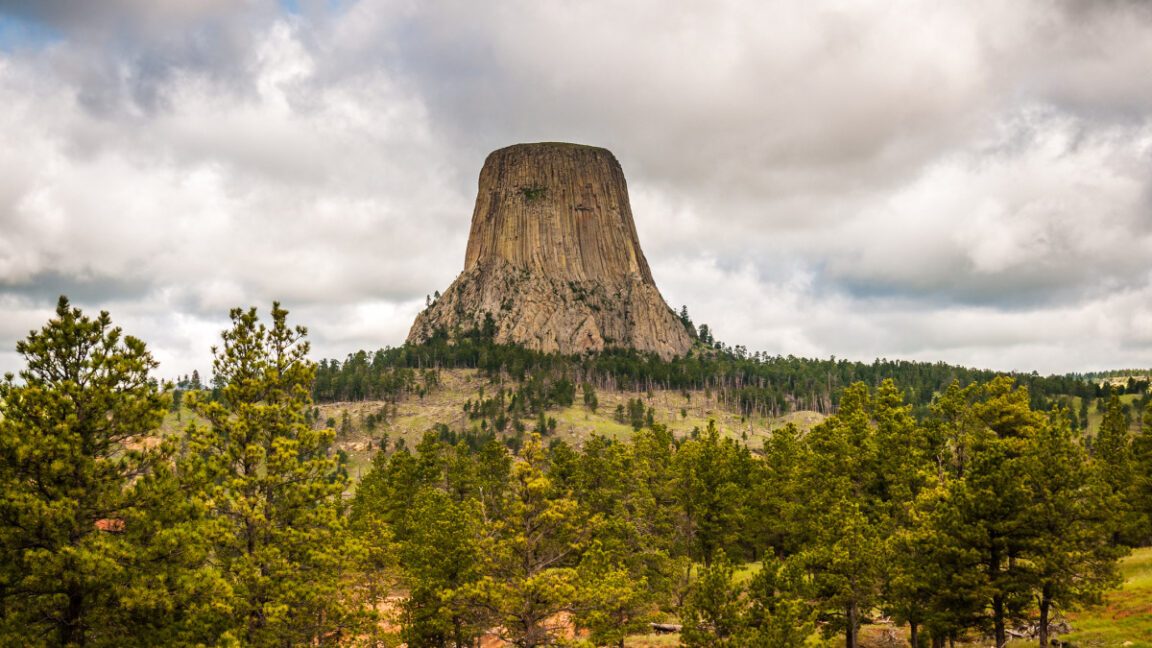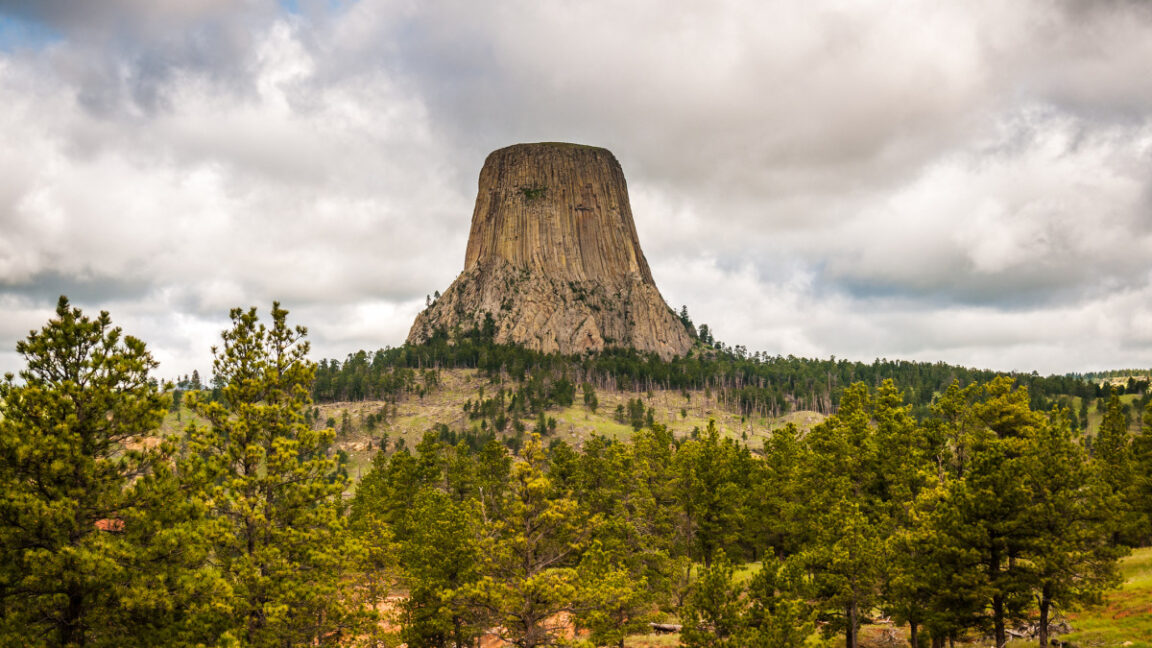AI Power Consumption in Wyoming Set to Surpass Residents' Needs

Wyoming is on the verge of a major technological shift as Cheyenne's Mayor, Patrick Collins, announced an ambitious plan for an AI data center that will consume more electricity than all the residential homes in the state combined. The facility, spearheaded by energy infrastructure company Tallgrass and AI data center developer Crusoe, is set to start with an energy consumption of 1.8 gigawatts and expected to escalate up to 10 gigawatts. This development positions Wyoming at the forefront of AI infrastructure development, yet introduces significant power challenges.
The demands of this project are unprecedented for Wyoming, the least populous US state. Initially, the center will consume around 15.8 terawatt-hours (TWh) of electricity annually, outstripping the combined household electricity usage by over five times. At full capacity, the center's energy requirements could reach up to 87.6 TWh annually, more than double the state's current electricity output. Such a demand cannot rely solely on the public grid; hence, dedicated gas generation and renewable resources have been planned to meet the center's needs, signifying a monumental shift for the state's energy dynamics, which traditionally exports 60% of its power to other states.
Governor Mark Gordon has highlighted the potential benefits this project could bring to Wyoming's natural gas industry, noting the positive prospects for the state’s economy. The location identified for the data center is strategically placed south of Cheyenne, near the Colorado border, yet still awaits regulatory approval. Collins remains optimistic about the project's expedited initiation.
Wyoming has previously attracted tech giants like Microsoft and Meta since 2012 due to its favorable climate and existing energy infrastructure. However, the scale of Tallgrass and Crusoe’s project is unlike anything the state has seen before, raising questions about its eventual tenants. Speculation is rife around OpenAI's Stargate initiative, though no official confirmation has been given regarding the association of this project with Cheyenne's plans. OpenAI’s recent ventures in Texas highlight its vast capabilities, placing it potentially as a key player in the data center’s future endeavors, with plans already afoot to expand further across the United States.
The transformative vision set forth by Wyoming represents a bold step towards the future of AI infrastructure in the state, and though many details remain under wraps, the possibilities appear limitless.



